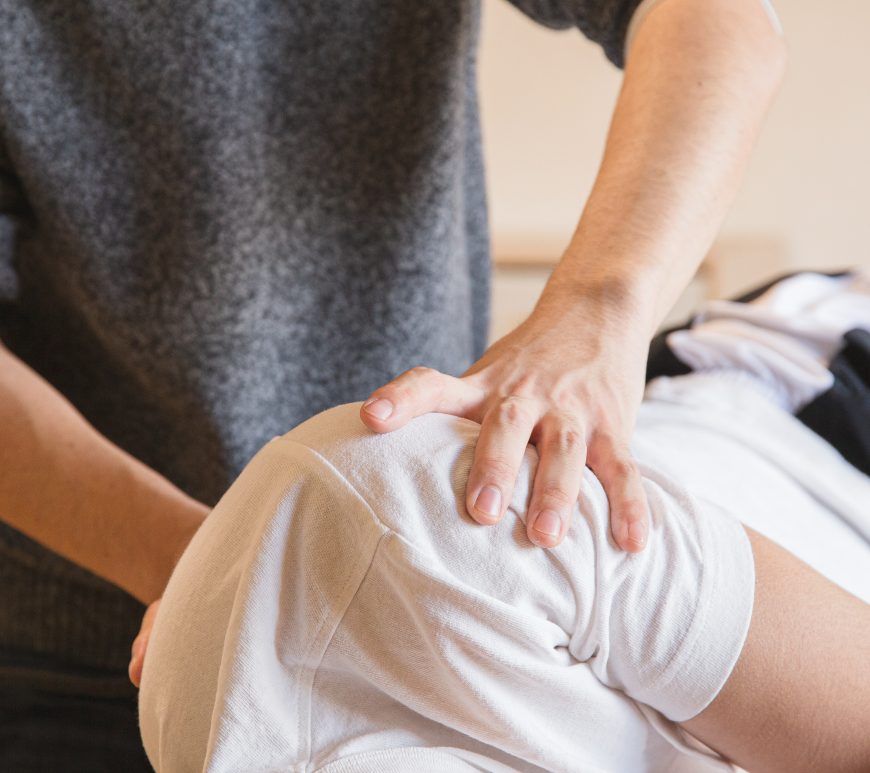Reverse Impingement Test
Reverse Impingement Test or Impingement Relief Test Purpose of Reverse Impingement Test or Impingement Relief Test: To confirm the diagnosis of ‘impingement syndrome’ by reversing/relieving the painful arc and/or eliminating the ‘impingement sign’ after initially reproducing the patient’s shoulder pain with shoulder impingement tests such as Neer’s test (1-3). Patient position: Sitting upright with affected arm relaxed by the side. Examiner position: Standing beside/behind the … Continue reading Reverse Impingement Test
